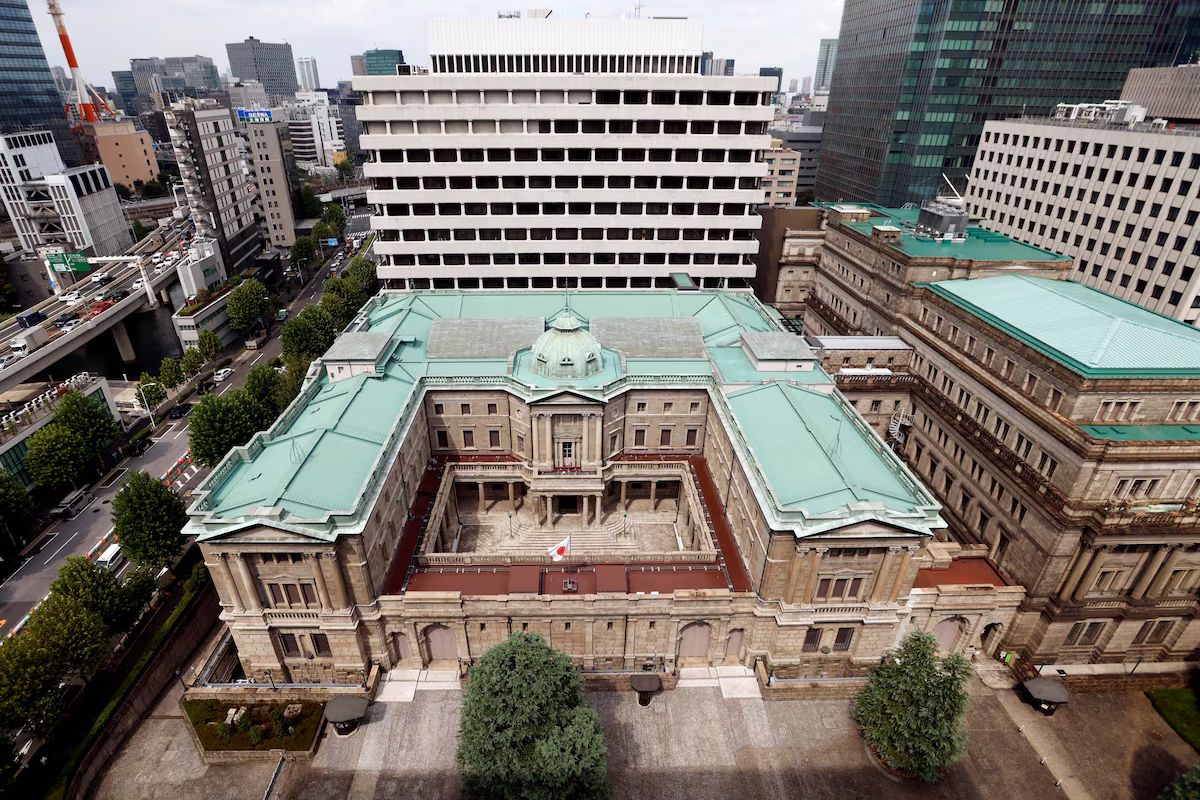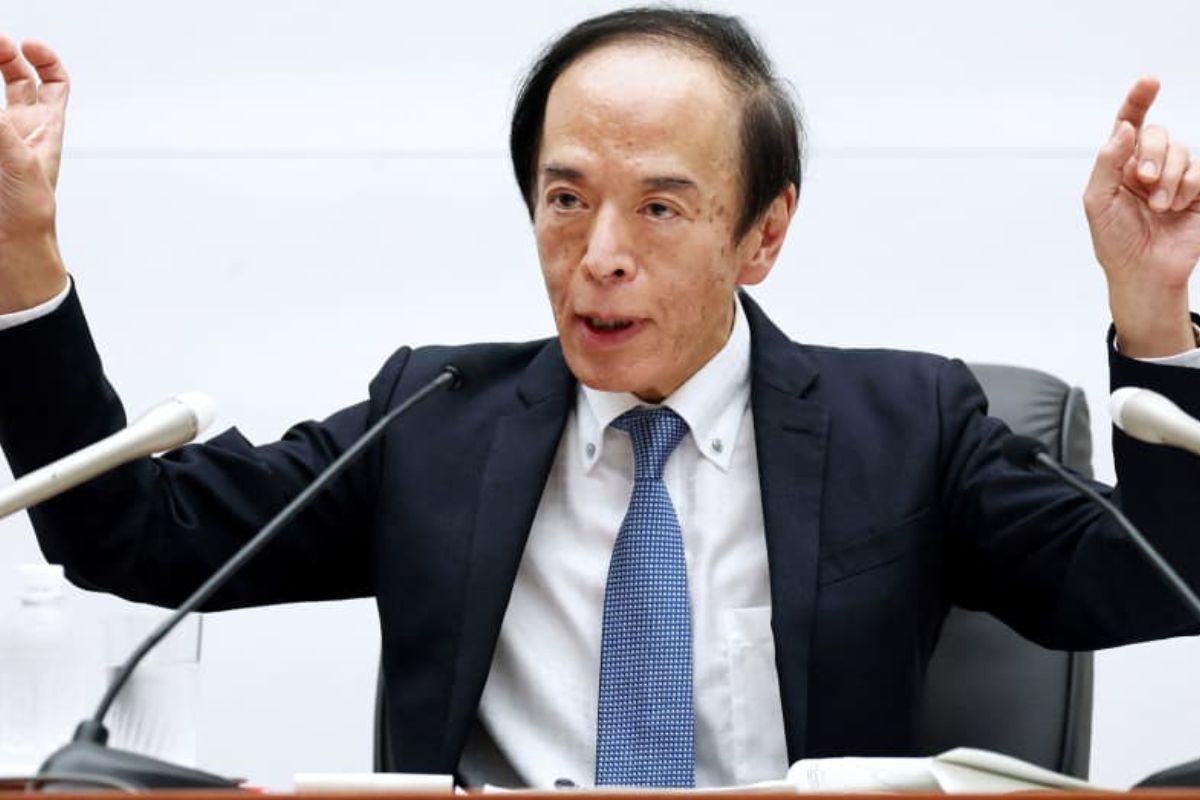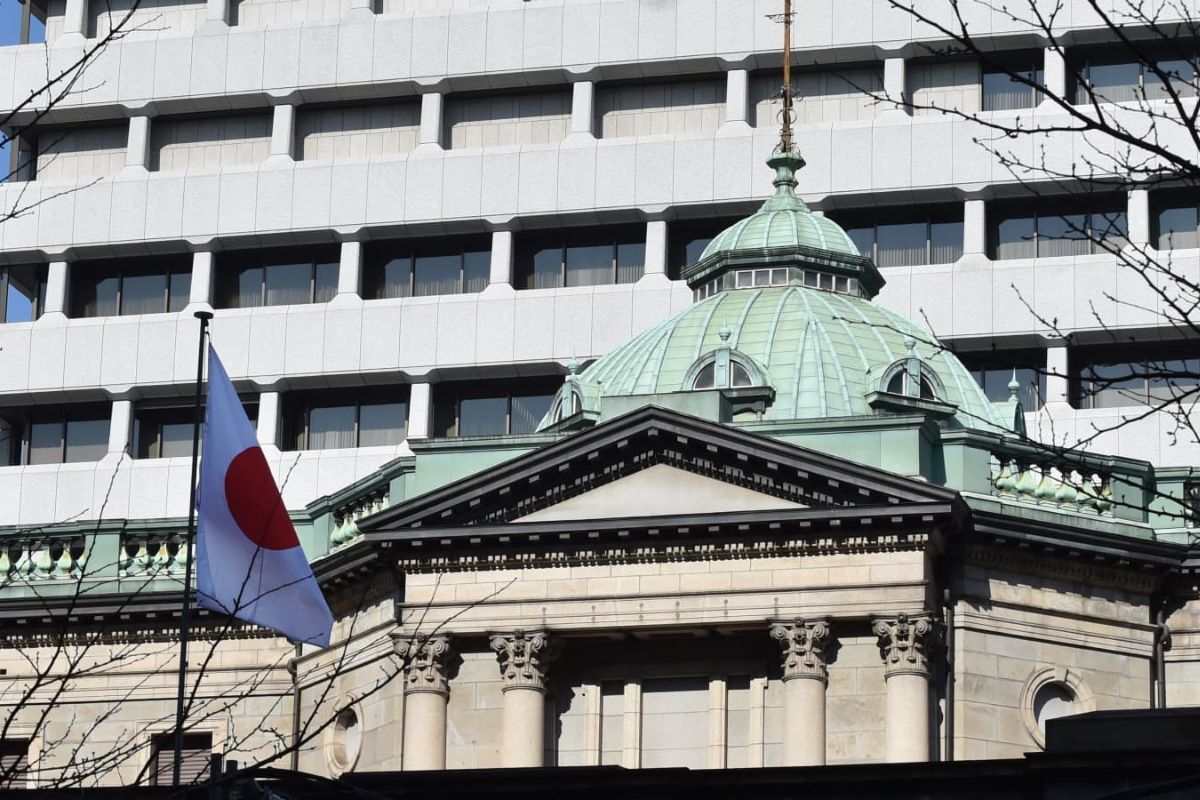Japan Set to Ditch Negative Rates: As the Bank of Japan inches closer to bidding farewell to its negative interest rate policy, whispers of an imminent policy shift have set the financial world abuzz. With analysts predicting a potential exit as early as March and a more likely scenario unfolding in April, the implications could be far-reaching. Could this bold move signal a new era of economic strategy for Japan, or will the repercussions be more complex than anticipated?
The intrigue surrounding the possible end of negative rates leaves investors and economists alike on edge, poised for what could be a significant turning point in Japan’s financial landscape.
Bank of Japan Nears End of Negative Interest Rate Policy
After almost a decade of persisting with a negative interest rate policy, the Bank of Japan is teetering on the brink of a monumental shift towards abandoning this long-standing strategy. The winds of change are sweeping through the corridors of the BOJ, heralding the impending end of an era marked by unconventional monetary policies. The prolonged period of negative interest rates, once seen as a necessary evil to stimulate a sluggish economy, is now being reevaluated in light of Japan’s evolving economic landscape.
Under the leadership of Governor Kazuo Ueda, the BOJ is poised to make a historic departure from its massive stimulus program, signaling a potential paradigm shift in the central bank’s approach to monetary policy. The anticipated wage hikes, coupled with internal preparations for an exit strategy, have set the stage for a dramatic turnaround in Japan’s monetary policy trajectory. As analysts predict an imminent end to the era of negative rates, all eyes are on the BOJ as it gears up for a potential policy pivot of unprecedented proportions.
Also Read: Bank of Japan Takes Cautious Steps Towards Monetary Policy Shift
Signs Point to Imminent Policy Shift
Could Japan be on the verge of a groundbreaking policy shift as signs point to an imminent change in monetary strategy?
Recent developments, such as the substantial pay raises offered by major corporations like Toyota Motor, are sending a clear signal that the Bank of Japan (BOJ) is gearing up to phase out its massive stimulus measures.
The pivotal factor in this potential shift away from negative interest rates lies in the outcome of the annual wage negotiations between workers and employers. The BOJ is meticulously monitoring these ongoing discussions, recognizing that they hold the key to determining the future direction of monetary policy in Japan.
With these significant developments unfolding, it seems increasingly likely that Japan is on the brink of a notable departure from its current negative interest rate policy.
The stage is set for a momentous transition that could reshape the economic landscape in Japan and potentially have far-reaching implications for global monetary policy.
Market Speculation and Future Policy Directions
Given the mounting anticipation surrounding Japan’s potential shift away from negative interest rates, market speculation is rife with fervent debates on the future policy directions the Bank of Japan might undertake. The prospect of a significant increase in wages, possibly reaching 4.5% to 5%, has ignited hopes of a resurgence in household spending and a boost to economic growth. As attention pivots towards the likelihood of an end to negative rates, investors eagerly await clues on the pace of potential interest rate hikes and the BOJ’s forthcoming policy stance. While concrete confirmation of an immediate policy alteration remains elusive, the financial world remains on high alert for any hints from the BOJ signaling their next move.
- Analysts predict a substantial rise in wages, forecasting a potential 4.5% to 5% increase.
- The envisioned wage surge is anticipated to reinvigorate household spending and stimulate economic expansion.
- Market focus shifts to the speed of possible interest rate hikes and the BOJ’s future policy trajectory.
- Investors eagerly await signals from the BOJ regarding their upcoming decisions.
News In Brief
Amid mounting speculation, the Bank of Japan (BOJ) edges closer to ending its negative interest rate policy, potentially as soon as March or April. Governor Kazuo Ueda’s leadership signals a historic departure from massive stimulus measures, with anticipated wage hikes indicating a policy pivot. Recent developments, including major corporations like Toyota Motor offering substantial pay raises, underscore the imminent shift. Market focus intensifies on potential interest rate hikes and the BOJ’s future policy trajectory. Analysts predict a significant wage increase, sparking hopes for economic resurgence. All eyes are on the BOJ as it prepares for this potentially transformative move.
Our Reader’s Queries
Q1 What does Japan negative interest rate mean?
A The negative benchmark rate of -0.1% aims to incentivize increased lending by banks and borrowing by businesses and consumers, thereby stimulating the economy of the world’s third-largest.
Q2 Why does Japan want to keep interest rates low?
A Japan’s rationale behind this decision stemmed from the fragility of its economy, characterized by weak demand. The fear was that raising rates would jeopardize any hard-earned growth and exacerbate challenges in servicing the country’s debt.



